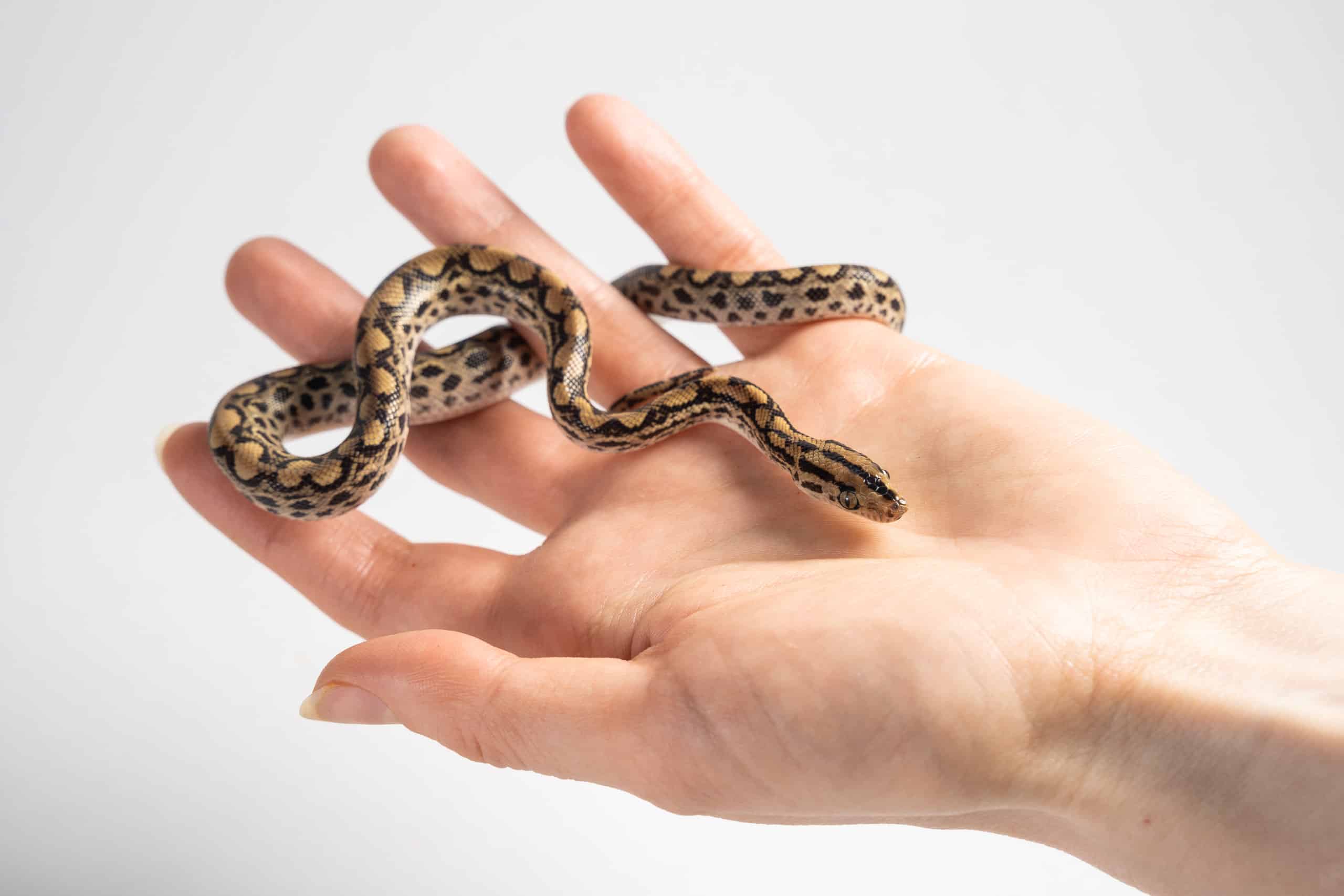Welcoming a young snake into your home marks the beginning of a fascinating relationship with one of nature’s most misunderstood creatures. While snakes differ significantly from traditional pets like dogs or cats in their social needs, properly socializing a juvenile snake remains crucial for establishing trust, reducing stress, and creating a positive handling experience for both snake and keeper. Unlike mammals, snakes don’t seek affection or companionship, but they can certainly learn to tolerate and even become comfortable with human interaction. The early months of a snake’s life represent a critical window for introducing positive handling experiences that will shape your relationship for years to come. This guide explores effective, gentle approaches to socializing your juvenile snake while respecting its natural behaviors and instincts.
Understanding Snake Psychology

Snakes perceive the world very differently from mammals, lacking the social bonding mechanisms found in dogs or cats. They operate primarily on instinct, with their behaviors driven by survival needs rather than emotional connections. A juvenile snake’s primary concerns revolve around safety, food, and avoiding potential predators—which is precisely how they may view you initially. Their brain structure doesn’t allow for affection or attachment in the traditional sense, but they can develop tolerance and familiarity with regular, positive interactions. Understanding this fundamental difference helps set realistic expectations and informs a socialization approach that respects their nature. Rather than trying to make your snake “like” you, the goal is to help it recognize you as a non-threatening presence in its environment.
The Critical Acclimation Period
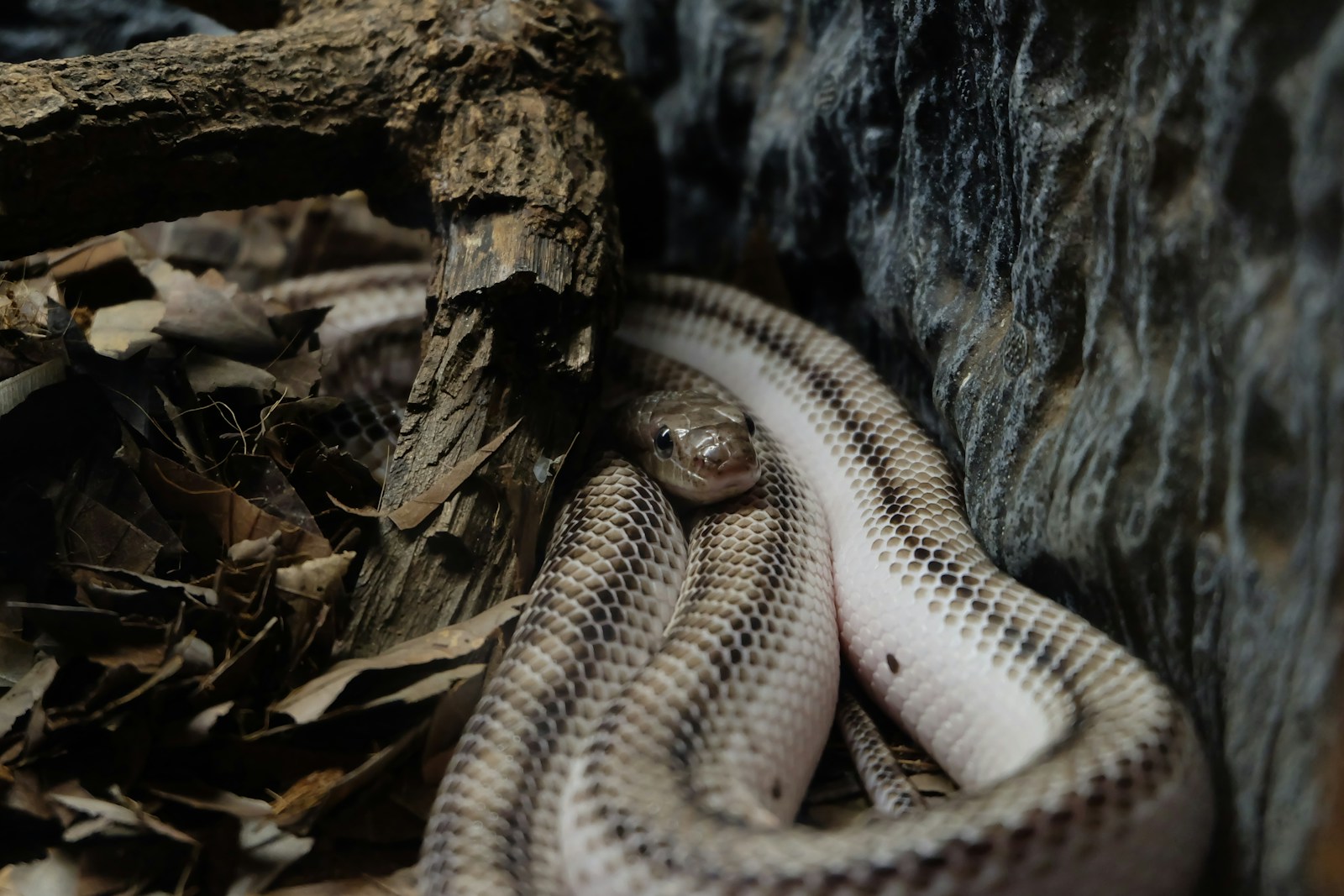
When bringing home a juvenile snake, patience becomes your greatest virtue during the initial acclimation period. Allow your new pet at least 7-14 days to adjust to its enclosure before attempting any handling, giving it time to recognize its habitat as a secure space. During this period, limit disturbances to necessary maintenance and feeding, moving slowly and deliberately whenever you need to access the enclosure. Many new snake owners make the mistake of handling too soon, which can create lasting negative associations during this impressionable stage. This settling-in time allows the snake’s stress levels to decrease naturally as it becomes familiar with normal sounds, movements, and routines in your household. You’ll know your snake is adjusting well when it explores its enclosure confidently, accepts food readily, and displays normal behaviors like climbing or burrowing without appearing defensive.
Creating a Secure Environment
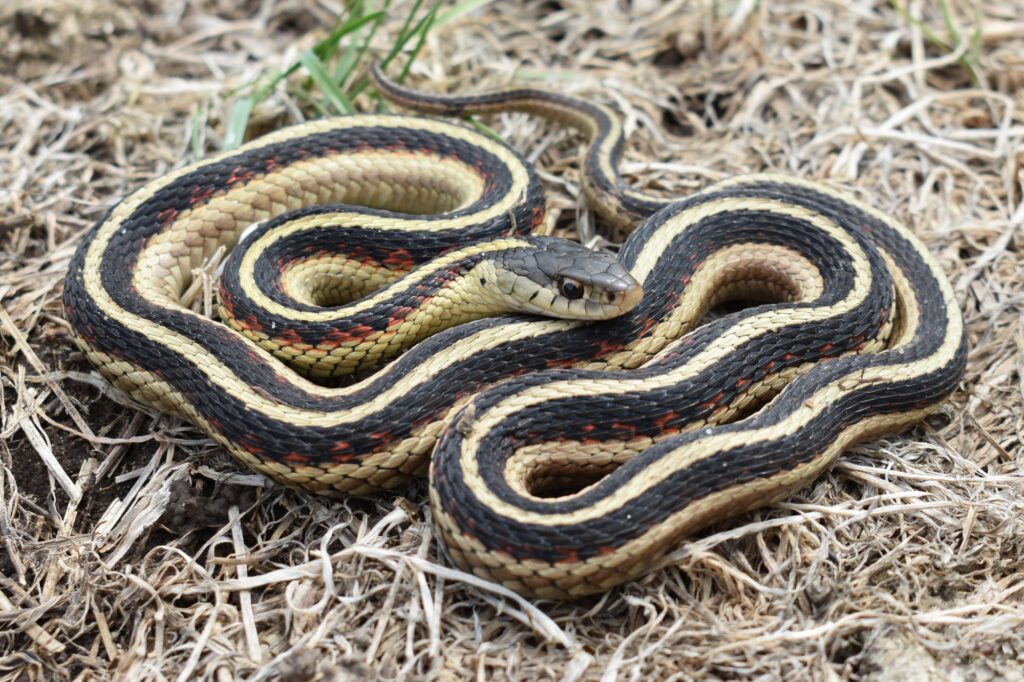
A juvenile snake’s willingness to accept handling correlates directly with how secure it feels in its primary environment. Ensure the enclosure provides appropriate temperature gradients, humidity levels, and multiple hiding spots that allow the snake to conceal itself completely. Proper security measures like these reduce baseline stress and help your snake feel safe when not being handled. The enclosure should include at least two hides—one on the warm side and one on the cool side—allowing the snake to regulate its temperature while still feeling protected. Natural behaviors like feeding, shedding, and exploration should be supported through thoughtful habitat design before any socialization begins. A snake that feels secure in its enclosure will be more receptive to handling and less likely to display defensive behaviors when approached.
Reading Body Language
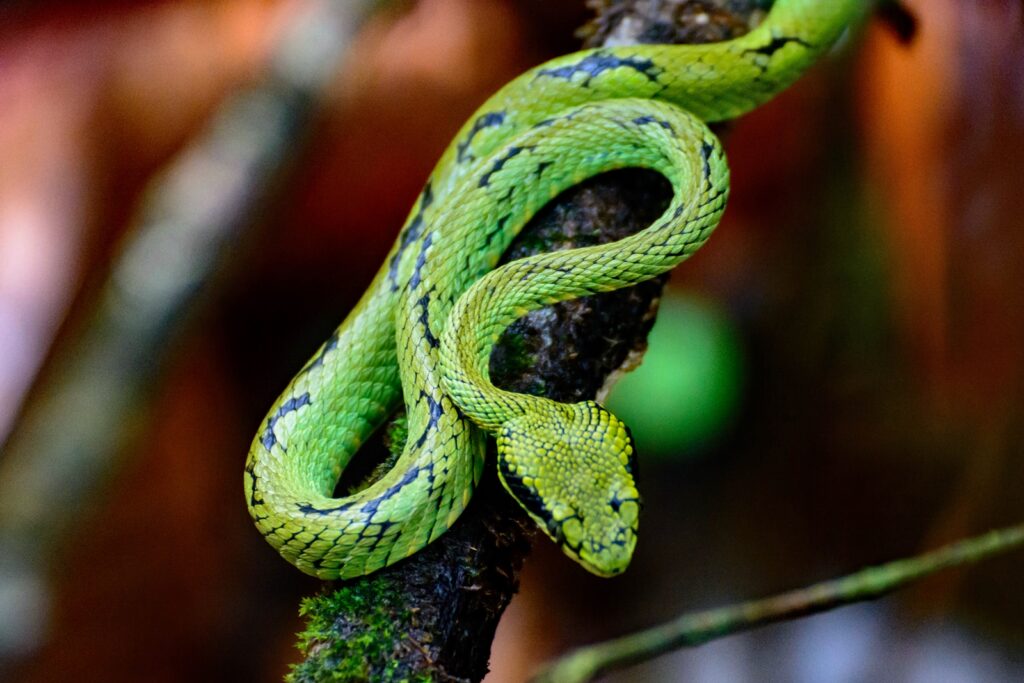
Learning to interpret your juvenile snake’s body language provides essential feedback during the socialization process. Signs of stress or fear include rapid breathing, tightening into an S-shape, tail rattling (even in non-venomous species), striking postures, and attempting to flee rapidly. Defensive behaviors such as hissing, puffing up, or flattening the head indicate your snake feels threatened and handling should be postponed. In contrast, relaxed body posture, slow, deliberate tongue flicking, and calm exploration suggest your snake is comfortable and potentially receptive to interaction. Different species display varying body language cues, so research your specific snake type to understand its unique communication signals. Becoming fluent in these subtle cues allows you to respect your snake’s boundaries and build trust by handling only when the animal appears receptive.
First Contact Approaches
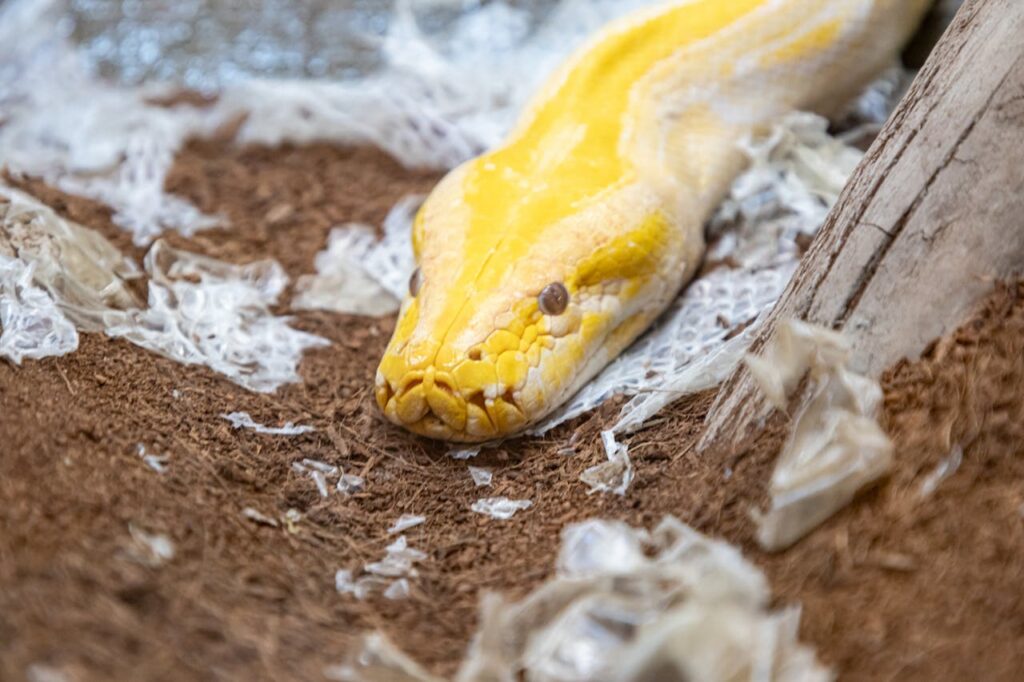
When beginning the actual handling process, use gentle, indirect methods that minimize the snake’s perception of you as a potential predator. Start by simply placing your hand in the enclosure without touching the snake, allowing it to become accustomed to your scent and presence over several brief sessions. Once the snake shows comfort with this proximity, advance to using a snake hook or paper towel roll to gently touch its mid-body, avoiding the sensitive head area which can trigger defensive responses. This intermediate contact helps the snake distinguish your touch from that of a predator while giving it time to process the interaction. Move slowly and deliberately throughout these sessions, avoiding sudden movements or reaching from above, which mimics how predators would approach in the wild. These initial contacts should be brief—just a minute or two—gradually extending as the snake shows increased comfort.
The Proper Handling Technique
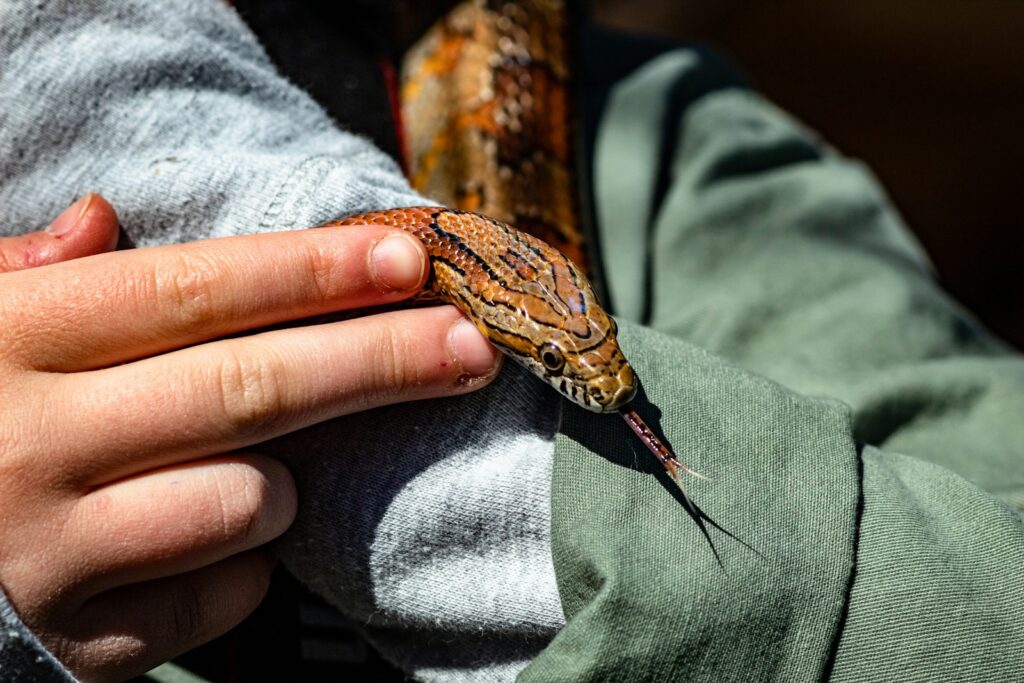
Proper handling technique forms the foundation of successful snake socialization, emphasizing support and security rather than restraint. When picking up your juvenile snake, always support its body along multiple points, never dangling or holding it by a single section. Most snakes feel most secure when their entire body weight is supported, either across your hands or partly draped over your arm. Keep initial handling sessions brief—just 5-10 minutes—to prevent stress and gradually increase duration as the snake becomes more comfortable. Handle your snake with clean hands free of food odors to prevent accidental feeding responses, particularly with species known for their strong feeding drive. Moving confidently but gently communicates security to the snake, as hesitant or nervous handling can actually increase the animal’s stress response.
Frequency and Duration Guidelines
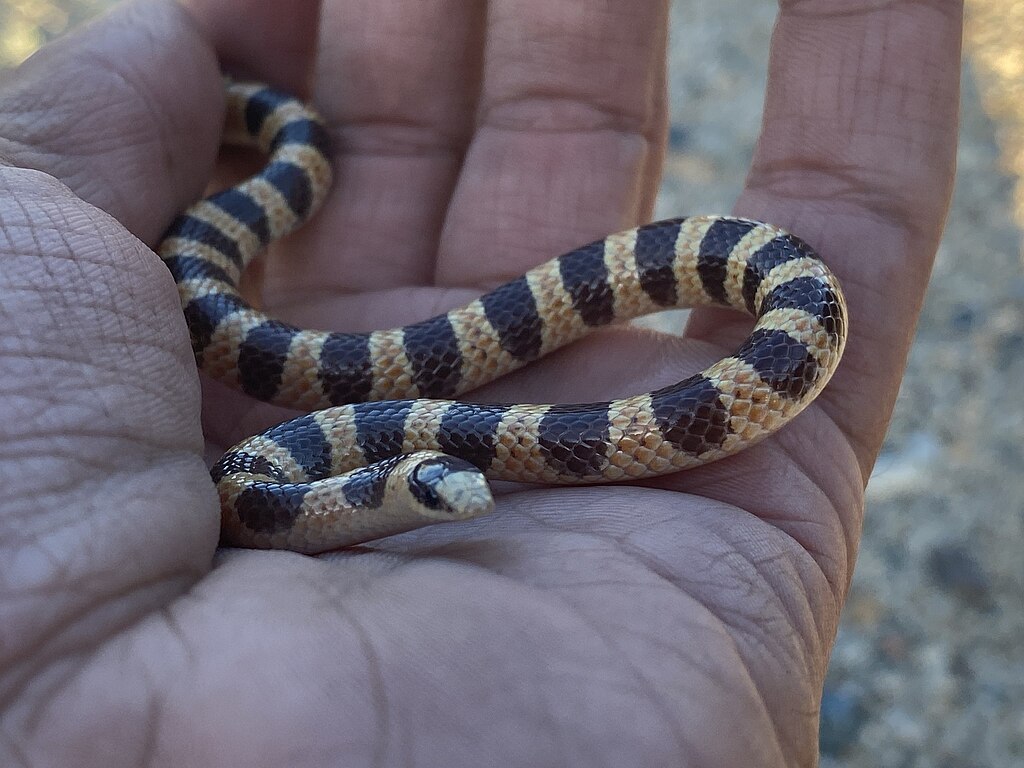
Establishing an appropriate handling schedule strikes a crucial balance between socialization and respecting your snake’s tolerance limits. For juvenile snakes, 2-3 brief handling sessions per week generally proves optimal, allowing adequate recovery time between interactions. Begin with sessions lasting only 5 minutes, gradually extending to 15-20 minutes as your snake demonstrates increased comfort through relaxed body language and exploratory behavior. Avoid handling for 48 hours after feeding to prevent regurgitation, which can be life-threatening for young snakes. Similarly, pause handling when your snake shows pre-shedding signs (dull appearance, bluish eyes) as this represents a naturally vulnerable period when most snakes prefer not to be disturbed. Consistent, predictable handling creates a routine your snake can adapt to, while excessive handling can lead to chronic stress that manifests in feeding refusals or defensive behaviors.
Species-Specific Considerations

Different snake species have distinct temperaments that significantly influence socialization approaches and expectations. Ball pythons typically adapt well to handling due to their generally docile nature, though they may roll into a defensive ball when stressed. Corn snakes and king snakes often socialize readily and become quite tolerant of handling, making them excellent beginner species. In contrast, certain species like green tree pythons or amazon tree boas tend to be more defensive and less amenable to frequent handling, requiring more gradual socialization. Research your specific species’ natural temperament and handling tolerance before establishing socialization goals. Even within species, individual personality variations exist—some specimens prove naturally more tolerant while others remain more sensitive regardless of socialization efforts. Adjust your approach based on your individual snake’s responses rather than rigid expectations based solely on species.
Using Positive Association Techniques
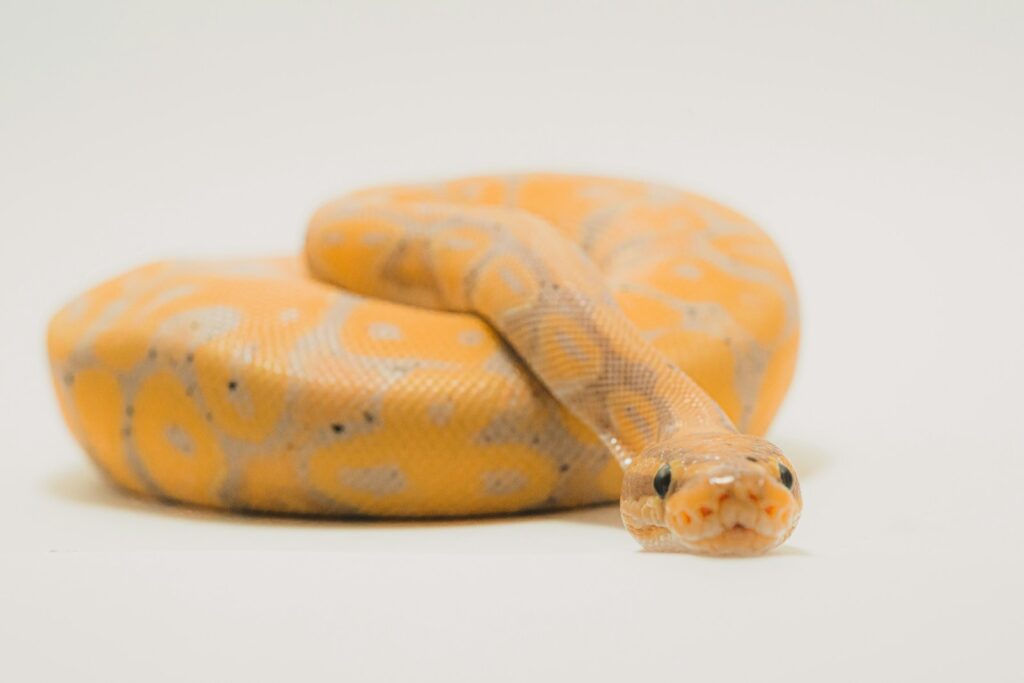
While snakes don’t respond to treats or praise like mammals, you can still create positive associations with handling through environmental enrichment. After successful handling sessions, consider offering novel but safe exploration opportunities—like a supervised adventure on a snake-safe surface with interesting textures or climbing opportunities. Some keepers find that handling immediately before offering food (though never during or after feeding) can create a positive connection, though this should be approached cautiously to avoid feeding responses during future handling. Maintaining optimal temperature during handling sessions by using a heat lamp in the handling area or warming your hands slightly can make the experience more comfortable for your cold-blooded pet. These environmental positives help counterbalance any stress from handling and gradually build neutral or positive associations with the process.
Avoiding Common Socialization Mistakes

Several common handling errors can significantly set back your snake socialization efforts or create lasting negative associations. Grabbing a snake from above mimics predator attacks and typically triggers defensive responses, so instead approach from the side with visible hands. Handling during inappropriate times—like immediately after feeding, during shedding, or when the snake is clearly displaying stress signals—undermines trust and reinforces negative associations. Forcing interaction when a snake consistently shows fear or stress can create a negative feedback loop where the animal increasingly associates handling with discomfort. Group handling sessions where multiple unfamiliar people handle the snake, particularly with inconsistent techniques, often overwhelms juvenile snakes and should be avoided during early socialization. Correcting these common mistakes creates a foundation of respectful interaction that supports successful socialization.
Addressing Defensive Behaviors
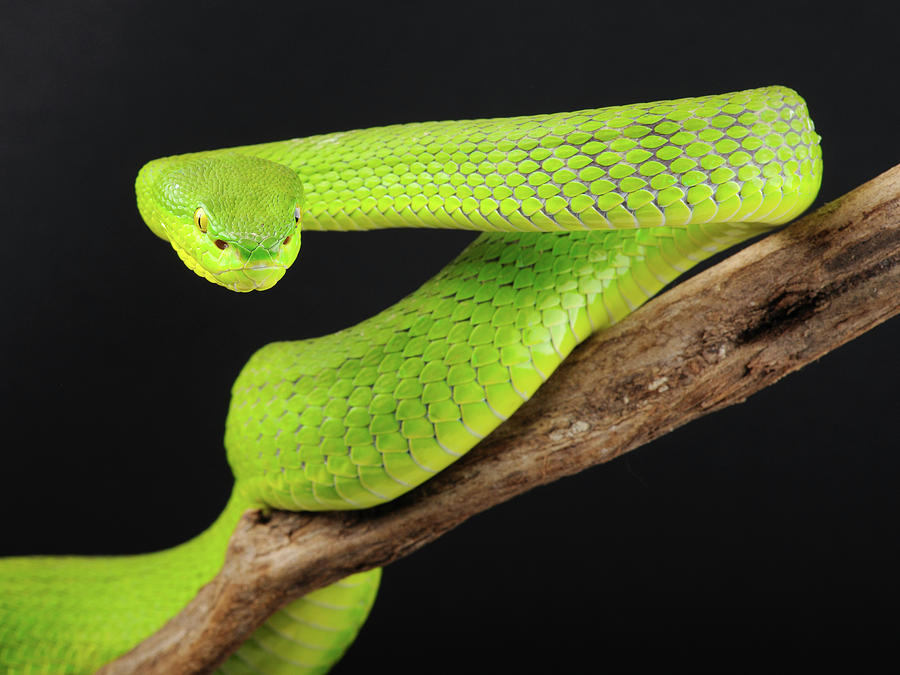
Juvenile snakes commonly display defensive behaviors during early handling attempts, and your response to these moments significantly impacts future socialization success. If your snake hisses, strikes, or becomes defensive during a session, avoid immediately returning it to the enclosure, which can inadvertently reward the behavior. Instead, remain calm and continue supporting the snake securely until it relaxes slightly, then end the session on this more positive note. For consistently defensive individuals, try the “touch and release” method, briefly touching the snake with a hook or your hand without removing it from the enclosure, then immediately withdrawing—gradually building tolerance through these brief, controlled interactions. Some defensive behaviors result from improper handling techniques rather than the snake’s temperament, so review your approach for potential stress triggers. With consistent, patient work, many initially defensive juvenile snakes can become remarkably tolerant of handling.
Monitoring Health During Socialization
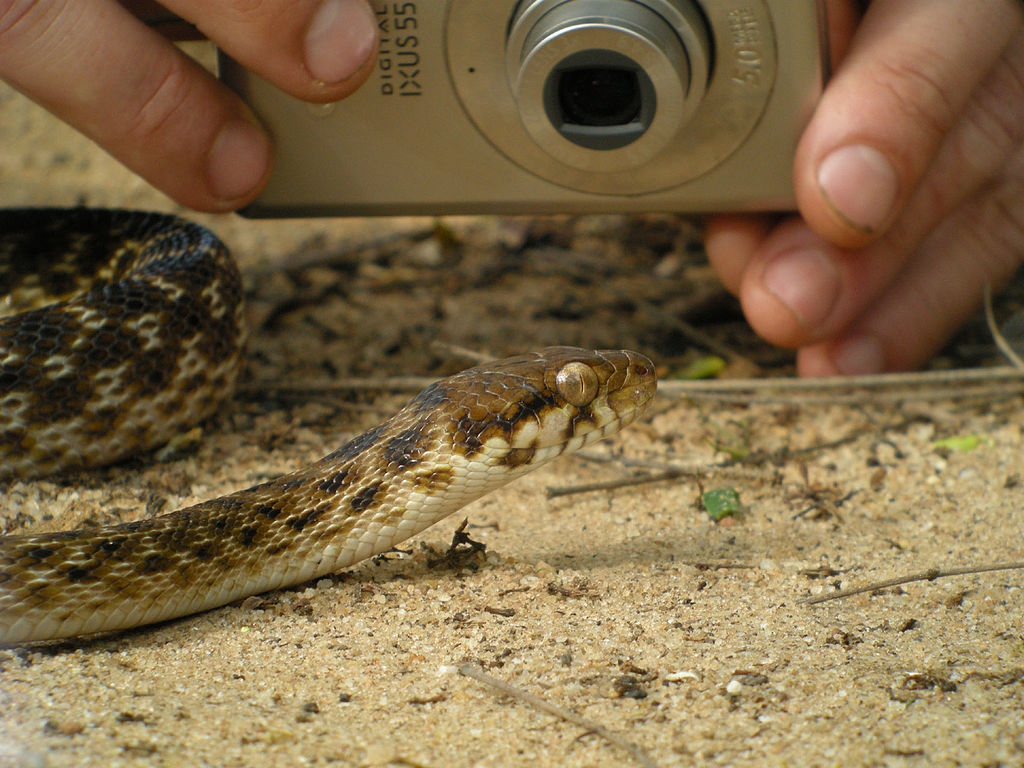
Socialization efforts should always be balanced against your snake’s overall health and wellbeing with certain indicators suggesting when to adjust your approach. Weight loss, feeding refusals, increased hiding behavior, or abnormal stools can all signal that handling stress is negatively impacting your snake’s health. During these periods, reduce or temporarily suspend handling sessions while focusing on optimizing enclosure conditions and nutrition. Some juvenile snakes benefit from covering part of their enclosure with a light cloth during early socialization, reducing visual stressors while they adjust to their environment. Keep detailed records of feeding, shedding, weight, and behavior patterns to identify any potential correlations between handling sessions and health changes. Successful socialization should never come at the expense of your snake’s physical wellbeing and a healthy snake will ultimately be more receptive to handling.
Long-Term Socialization Maintenance

Once your juvenile snake shows consistent comfort with handling, maintaining that socialization requires ongoing but less intensive effort. Establish a regular handling routine of 1-2 sessions weekly throughout your snake’s life to preserve the habituation you’ve worked to develop. Many successfully socialized snakes will maintain their handling tolerance even with occasional breaks, though extended periods without handling (several months or more) may require a gradual reintroduction process. As your snake grows, adjust your handling technique to continue providing adequate support for its increasing size and strength. Some owners notice that well-socialized snakes actually appear to seek interaction by coming to the front of their enclosure when their regular handler approaches though this likely represents recognition of a non-threatening presence rather than affection. With consistent, respectful handling throughout its life, a properly socialized snake can remain a calm, manageable pet for many years.
Socializing a juvenile snake requires patience, consistency, and respect for the animal’s natural behaviors. Unlike mammals, snakes don’t seek social interaction, but with proper technique, they can learn to accept handling as a non-threatening experience. By understanding your snake’s body language, creating positive associations, and avoiding common mistakes, you can develop a relationship based on trust and comfort. Remember that each snake has an individual temperament, and some may always prefer limited handling. The goal isn’t to transform your snake into something it’s not but rather to help it become the most comfortable, stress-free version of itself in human care. With these approaches, most juvenile snakes can develop into well-adjusted adult pets that tolerate necessary handling with minimal stress—creating a rewarding relationship for both snake and keeper.

